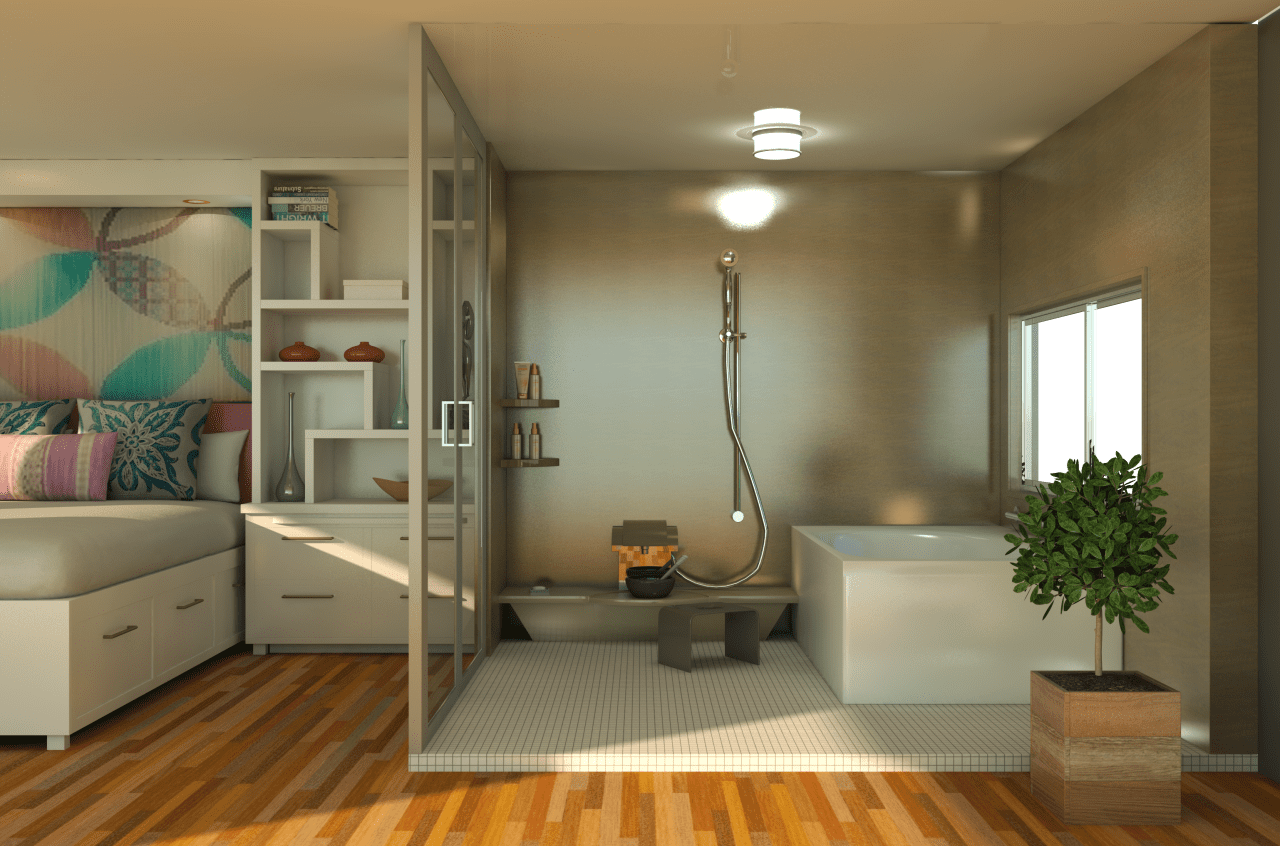Nowadays, a very innovative technology has revolutionized a variety of industries around the world, and it can be used in different areas. By just implementing this kind of technology in the construction field, a lot of achievements can be done.
What is 3D Concrete Printing?
The name says it all, but in simple terms, 3D concrete printing is the process of creating three-dimensional objects or buildings using a specially prepared concrete mixture and a 3D printer.
It is rather different from traditional building procedures that require manual labor and formwork because of the fact that this innovative process allows for the controlled deposition of concrete layers using computer-aided design (CAD) models.
That being said, this kind of technology provides the manner of creating complex forms with precision and efficiency.
Advantages
There are some great advantages that need to be taken into consideration when implementing this kind of technology.
Design Freedom
One of the most important advantages is that it frees architects and designers from the limitations of traditional construction methods. It allows for the building of elaborate and personalized structures that were previously difficult or impossible to accomplish.
The versatility of the technology enables the insertion of organic forms, curved surfaces, and detailed details, resulting in novel and visually appealing designs.
Cost and Time Efficiency
By eliminating the traditional need for formwork and physical labor in construction, this technology can provide the alternative of lowering construction costs and timelines in an effective way.
Due to the mere fact that the printer can operate constantly, it simplifies the building process, layer by layer, without the need for pauses or shifts. This efficiency leads to speedier project completion and cost savings.
Waste Reduction
Conventional construction methods might result in producing a significant waste of material. On the other hand, by using only the amount of concrete required for the project, this tool minimizes material waste while also improving sustainability and the environment.
Potential Impact on the Construction Industry
By using this kind of technology, the availability of affordable housing can increase considerably, resulting in lowering building costs and time. This technology has the ability to help solve the worldwide housing issue by delivering affordable and sustainable housing alternatives.
It also enables the execution of complicated building projects, increasing flexibility and creative freedom. This can result in the production of previously unattainable, unusual, and aesthetically pleasing buildings.
On the other hand, the efficiency and speed of this tool may simplify building operations and increase production. This technique is especially useful for large-scale projects, where time and cost reductions may be substantial.
Conclusion
A disruptive technology as this one provides an enormous promise for the construction sector. This innovative type of technology has the potential to establish a remarkable way of revolutionizing the construction industry, due to the fact that it can create intricate buildings at a reduced cost, with less waste and more design possibilities. Like this, people can acquire a more efficient and sustainable future that is focused on the construction field.
Discover more from Futurist Architecture
Subscribe to get the latest posts sent to your email.




